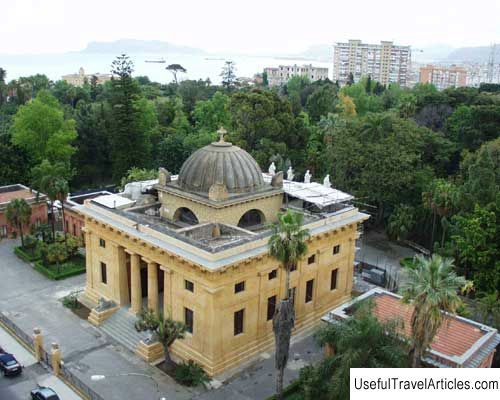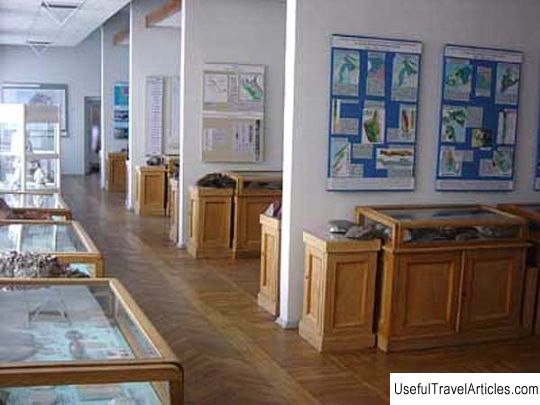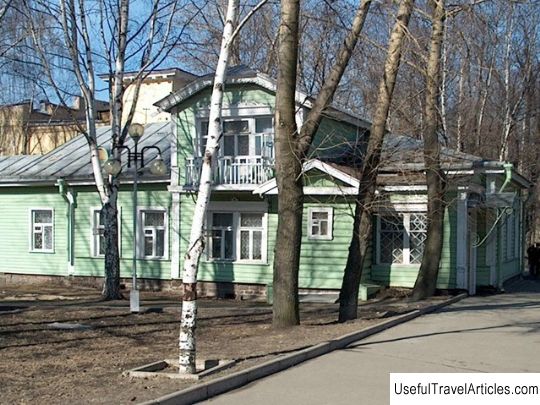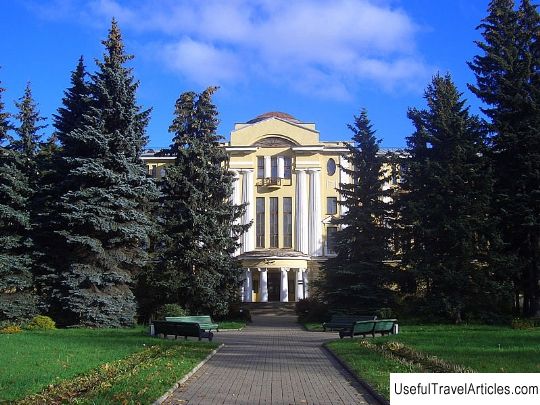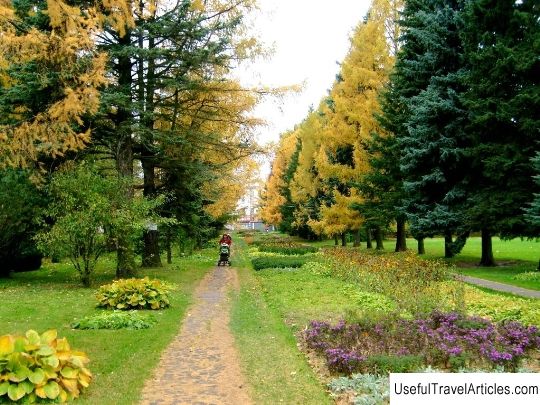Botanical garden description and photo - Russia - Karelia: Petrozavodsk
Rating: 7,5/10 (100 votes) 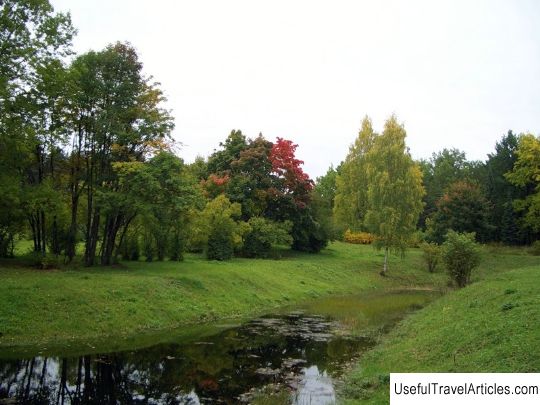
Botanical garden description and photos - Russia - Karelia: Petrozavodsk. Detailed information about the attraction. Description, photos and a map showing the nearest significant objects. Photo and descriptionA beautiful Botanical Garden is located near the northeastern shore of Lake Onega, in the suburbs of the capital of Karelia. In clear weather from the steep bank you can see the whole city of Petrozavodsk at a glance. The road there passes through an unusual church in the name of the Presentation of the Lord, standing on a diorite rock on the shore of the Lomgozersky Strait. The botanical garden is located in one of the most popular places among the inhabitants of the capital of Karelia - the Devil's Chair tract and occupies an area of more 360 hectares. The tract got its name as a result of active volcanic processes that took place more than 2 billion years ago and earthquakes in the postglacial period. One stone part as a result of the displacement of the earth's crust was displaced and formed an armchair-like niche. The postglacial period was accompanied by a change in climatic conditions and vegetation cover of the tract. At the first stage, birch, dwarf shrubs, steppe wormwood, perennial grasses, and low trees of the lyceum and haze family grew here. Thus, forming a kind of combination of features of different natural zones. At that time, Big Vaara was surrounded on all sides by lake water. In the Atlantic post-glacial period, the appearance of the area was formed by broad-leaved tree species: maple, elm, linden and even oak. However, the subsequent cooling of the climate led to some adjustments and now the vegetation here includes a wide range of phytocenoses (communities), both rare and typical for Karelia. The Devil's Stool tract in 1987 received the status of a state geological natural monument. Students of KSPU, Petrozavodsk State University and other universities of Russia and Europe often practice on the territory of the reserve. The reserve is also a favorite vacation spot for tourists and residents of Petrozavodsk. One third of the area of the Botanical Garden is occupied by a natural forest, the rest is divided into several zones: economic, exposition and administrative. The garden also consists of zones divided by the type of vegetation: a fruit and berry garden, an arboretum, ornamental and medicinal plants. The collection of plants of the Botanical Garden was founded in the difficult post-war period. For the first time the idea of creating a botanical garden appeared in June 1944. After returning from the evacuation of Petrazavodsk University, the department of botanical profile was asked about the need for a base for research work and summer training practices. At the beginning of 1951, it was decided to allocate a plot of 14 hectares on the shores of Lake Onega. At the same time, the structure of the garden was approved. In a short time, an extensive collection of economically valuable, decorative, suitable for breeding trees was created. In 1994, the territory of the Botanical Garden was expanded to 367 hectares. The main sources for replenishing the collections of the Botanical Garden are collections in nature by specialized expeditions and exchange. The trees are planted here, as in many botanical gardens, according to the ecological-geographical principle. The collection contains introduced species from North America, including thuja western, prickly spruce, balsam fir. The Asian region is represented by Manchurian walnut, Erman birch, Maak bird cherry, Iverina willow, Siberian fir, larch, barberry and other species. All trees have taken root well in the botanical garden, bear fruit and reproduce. In general, there is no impression that the garden has collections, all trees are very harmoniously adjacent to each other. Access to the exposition is limited and you can see all the delights of the botanical garden in the presence of specialists on excursions.      We also recommend reading House Svrzo (Svrzina Kuca) description and photos - Bosnia and Herzegovina: Sarajevo Topic: Botanical garden description and photo - Russia - Karelia: Petrozavodsk. |
